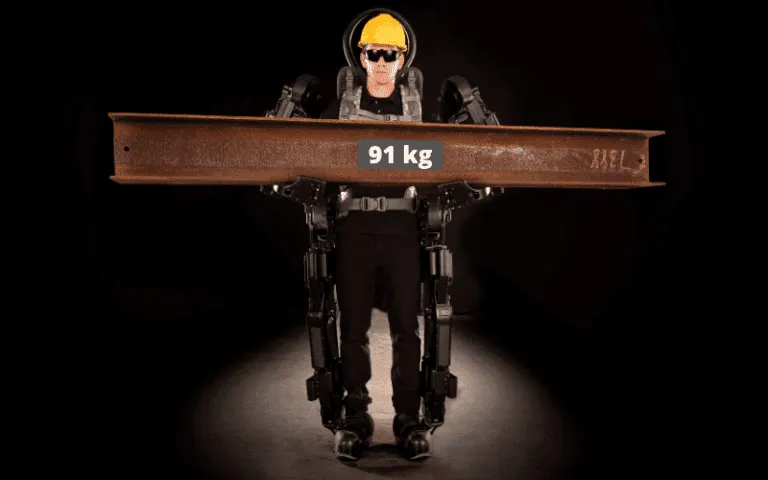Ergonomics in Rigging: Reducing Worker Fatigue and Injuries
Ergonomics in Rigging: Reducing Worker Fatigue and Injuries
In the world of rigging and lifting, workers are often exposed to strenuous physical demands, leading to fatigue and injuries. Ergonomics, the science of designing the job, equipment, and workplace to fit the worker, plays a crucial role in mitigating these risks. By incorporating ergonomic practices and equipment designs, we can significantly enhance the safety and efficiency of rigging operations.Understanding Ergonomics in Rigging Ergonomics in rigging involves optimizing tools, work practices, and the work environment to reduce physical strain. The goal is to prevent musculoskeletal disorders (MSDs), such as strains, sprains, and repetitive motion injuries, which are common among rigging workers due to heavy lifting, awkward postures, and repetitive tasks.
Key Ergonomic Practices
Proper Lifting Techniques
- Training: Workers should receive comprehensive training on proper lifting techniques, such as lifting with the legs instead of the back, keeping loads close to the body, and avoiding twisting motions.
- Team Lifting: For heavy or awkward loads, team lifting should be encouraged to distribute the weight and reduce individual strain.
Workstation Layout
- Adjustable Workstations: Adjustable height workstations allow workers to set their workspace to a comfortable level, reducing the need for bending or stretching.
- Organized Tool Placement: Tools and materials should be placed within easy reach to minimize overreaching and awkward postures.
Task Variation
- Job Rotation: Rotating workers between different tasks can reduce repetitive strain and muscle fatigue.
- Break Schedules: Regular breaks help prevent fatigue by allowing muscles to rest and recover.
Mechanical Assistance:
- Lifting Devices: Utilizing cranes, hoists, and other lifting devices can significantly reduce the physical load on workers.
- Powered Tools: Powered hand tools reduce the manual effort required, thereby decreasing the risk of repetitive strain injuries.
Ergonomic Equipment Design
Ergonomic Harnesses and PPE
- Comfort and Fit: Harnesses and personal protective equipment (PPE) should be designed for comfort and proper fit to reduce pressure points and improve mobility.
- Weight Distribution: Harnesses should distribute weight evenly across the body to prevent localized strain
Ergonomic Handles and Grips
- Tool Handles: Handles on tools and equipment should be designed to fit the natural grip of the hand, reducing hand and wrist strain.
- Anti-Vibration: Anti-vibration handles can minimize the impact of tool vibrations on the hands and arms, preventing conditions like Hand-Arm Vibration Syndrome (HAVS).
Source: Australasian Mining Journal
Exoskeletons and Wearable Technology
- Supportive Exoskeletons: Wearable exoskeletons can provide additional support for the back and legs, reducing the physical effort required for lifting and moving
- Real-Time Monitoring: Wearable technology that monitors posture and movement can provide real-time feedback, helping workers maintain ergonomic practices.
Benefits of Ergonomic Practices in Rigging
- By minimizing awkward postures, repetitive motions, and heavy lifting, ergonomic practices significantly reduce the incidence of musculoskeletal injuries.
- Increased Productivity: Ergonomic interventions often lead to more efficient workflows, as workers experience less fatigue and discomfort, allowing them to perform tasks more effectively.
- Improved Morale: A focus on ergonomics demonstrates a commitment to worker well-being, which can enhance job satisfaction and morale.
- Cost Savings:
Reducing injuries and improving productivity can lead to substantial cost savings by lowering workers’ compensation claims and reducing absenteeism.
Case Studies and Examples
The Use of Exoskeletons in Construction:
Several construction companies have begun integrating exoskeletons into their workforce. These devices help support the back and shoulders, reducing the physical strain associated with lifting heavy materials. Workers report decreased fatigue and fewer injuries, highlighting the effectiveness of this ergonomic intervention.
Ergonomic Training Programs:
Companies like Boeing have implemented comprehensive ergonomic training programs that teach workers proper lifting techniques and how to adjust their workstations. This has led to a notable decrease in work-related injuries and an increase in overall productivity.
Adoption of Mechanical Lifting Devices:
A rigging company that introduced mechanical lifting devices saw a dramatic reduction in the number of back injuries among its workers. By relying on hoists and cranes, workers were able to handle heavy loads with minimal physical effort, demonstrating the impact of ergonomic equipment on worker safety.
Conclusion
Incorporating ergonomic practices and equipment designs into rigging operations is not just a matter of compliance or reducing injury rates; it’s about creating a sustainable work environment where safety, productivity, and worker well-being go hand in hand. By focusing on ergonomics, companies can ensure that their workers are protected from the physical demands of their jobs, ultimately leading to a healthier, more efficient, and more satisfied workforce.
Implementing these changes requires a commitment to training, investment in ergonomic equipment, and a culture that prioritizes the health and safety of workers. As the field of ergonomics continues to evolve, ongoing research and technological advancements will further enhance our ability to create safer and more ergonomic workplaces in the rigging and lifting industry.
——————————————————————————————————————————————
The Hercules Group of Companies encompasses a wide portfolio of products and services across 7 diverse companies.


.jpg)
